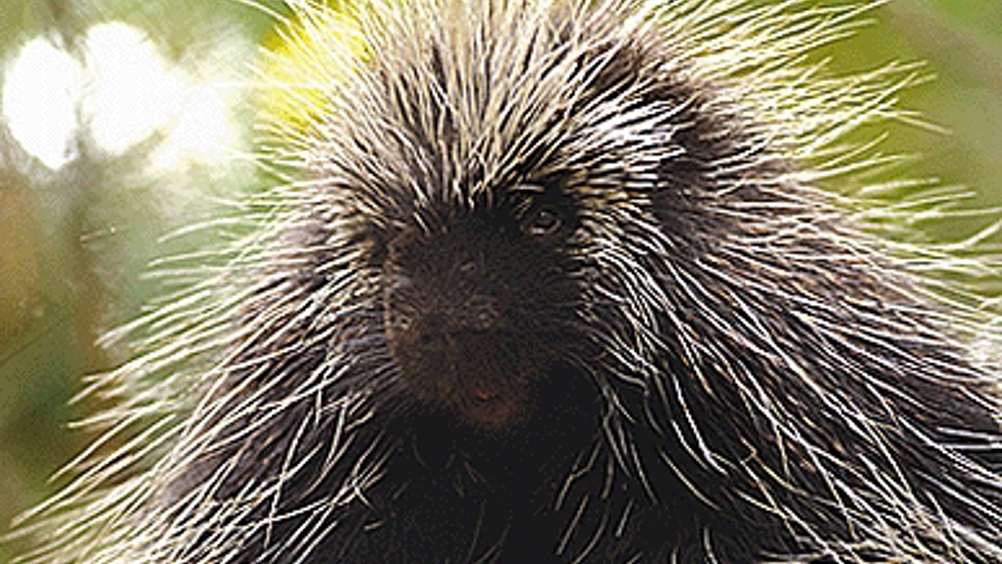Porcupine quills inspire design of new medical technologies
Researchers at the Massachusetts Institute of Technology (MIT) and Brigham and Women’s Hospital are utilising the properties of porcupine quills to develop new types of adhesives, needles and other medical devices.

In a new study, the researchers characterised, for the first time, the forces needed for quills to enter and exit the skin. They are also said to have created artificial devices with the same mechanical features as the quills, raising the possibility of designing less-painful needles or adhesives that can bind internal tissues more securely.
The researchers say there is a great need for such adhesives, especially for patients who have undergone gastric-bypass surgery or other types of gastric or intestinal surgery. These surgical incisions are currently sealed with sutures or staples, which can leak and cause complications.
‘With further research, biomaterials modelled based on porcupine quills could provide a new class of adhesive materials,’ said Robert Langer, David H Koch Institute professor at MIT and a senior author of the study, which appears in the Proceedings of the National Academy of Sciences.
Aside from stitches and sutures, doctors sometimes use medical-grade superglue to bind tissue together, said Jeffrey Karp, an associate professor of medicine at Harvard Medical School and a senior author of the paper. However, those glues can be toxic or provoke an inflammatory response.
Register now to continue reading
Thanks for visiting The Engineer. You’ve now reached your monthly limit of news stories. Register for free to unlock unlimited access to all of our news coverage, as well as premium content including opinion, in-depth features and special reports.
Benefits of registering
-
In-depth insights and coverage of key emerging trends
-
Unrestricted access to special reports throughout the year
-
Daily technology news delivered straight to your inbox










Water Sector Talent Exodus Could Cripple The Sector
Maybe if things are essential for the running of a country and we want to pay a fair price we should be running these utilities on a not for profit...